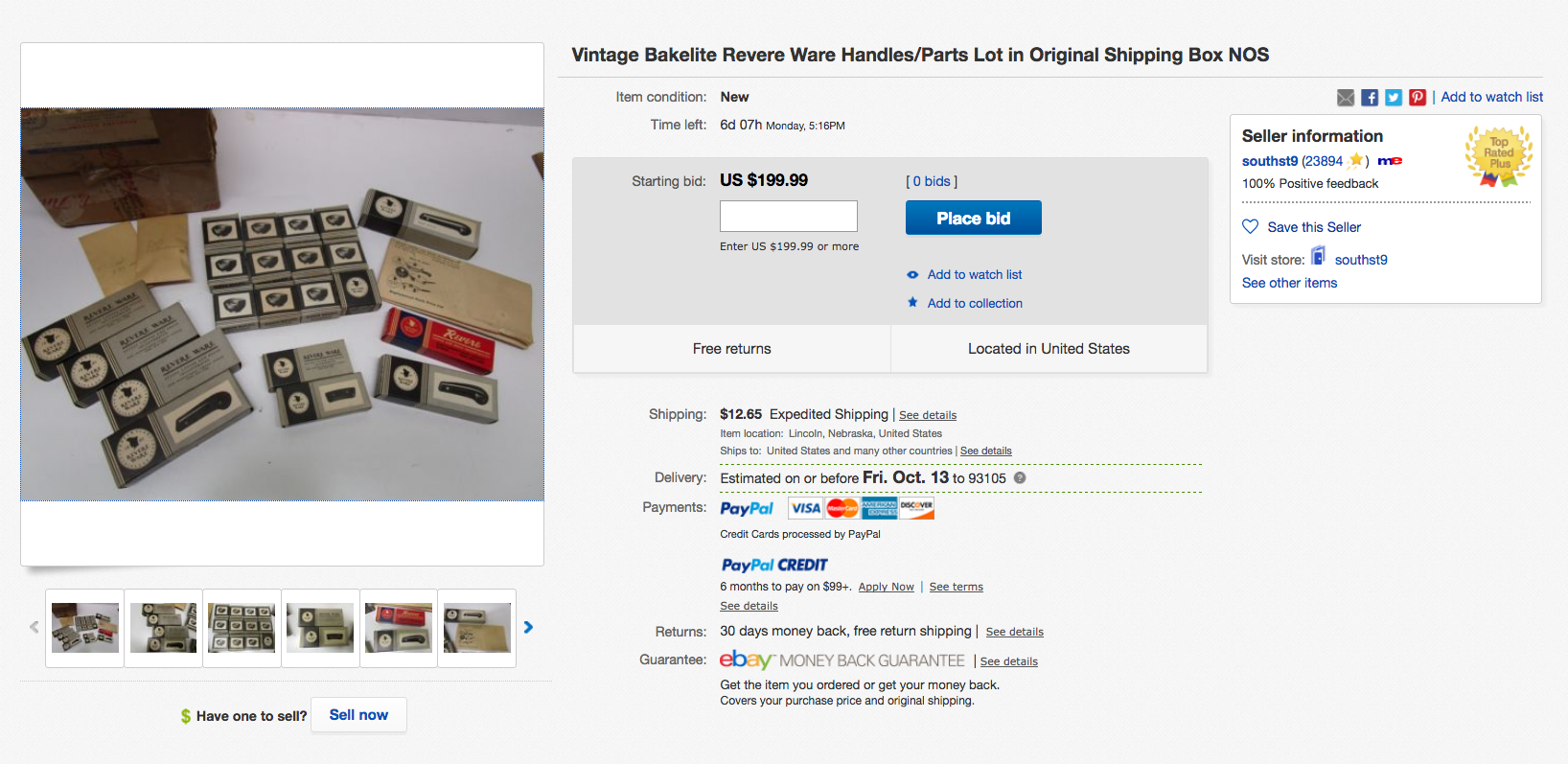We’ve discussed the economics of small batch manufacturing and the comparative pricing of other similar mass-manufactured parts. By that measure, what we sell might look expensive (but is justified given how much it costs to manufacture in smaller quantities).
There is also another way to comparatively view the cost of our products against what they might cost if we didn’t provide them. Consider this eBay auction for 21 new-old-stock (NOS) replacement parts:

They are asking a starting bid price of $199 + $12.65 shipping for all these parts. And with few such new parts available, they would probably sell in the $300-$400 range. On our site, the equivalent parts would cost $149.79 (and shipping would be free), a 29% discount over the starting bid of that auction, and probably less than 50% of what they would sell for.
The alternative of scarcity and the pricing pressure it puts on whatever stock of something in relatively high demand remains, is something to consider when you are looking to replace something in the vintage category.
On the other hand, I do often notice that people listing items on eBay think that just by adding the word “rare” to the auction title, they can demand a higher price. Demand is the other part of this equation; without demand, rarity along doesn’t justify value.

No comments yet.